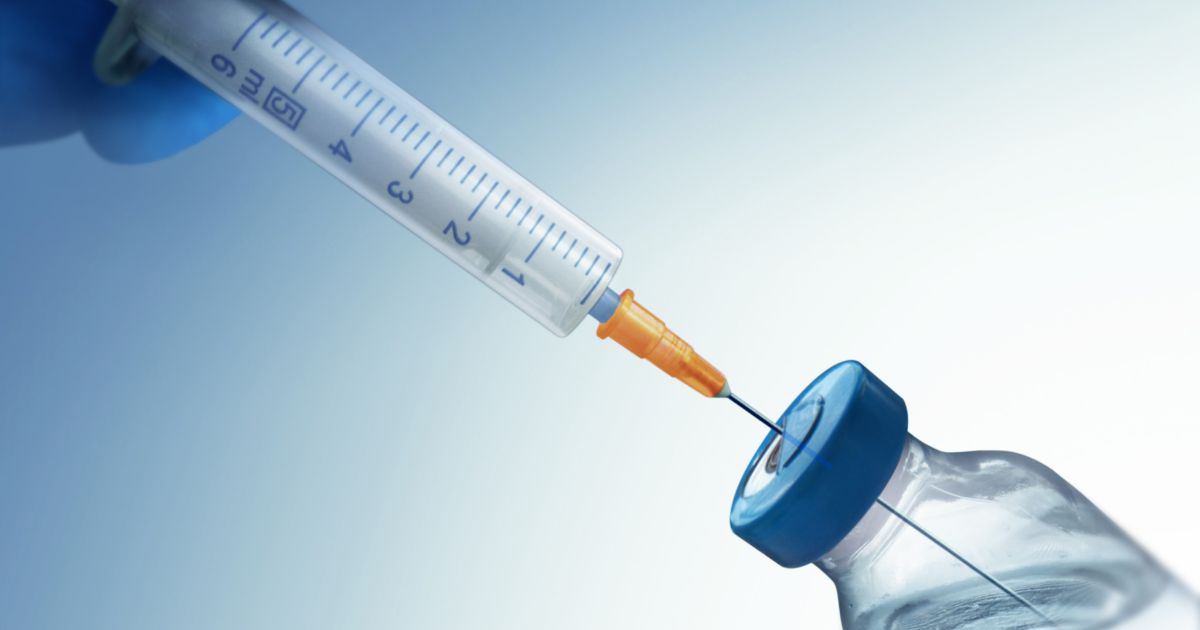Guide To Treating Sialorrhea
Certain Oral Medications
Certain oral medications have been approved for the treatment of excessive salivation, such as incobotulinumtoxinA, which is a neurotoxin created out of the bacteria responsible for botulism. The substance works by blocking the nerve signals to the muscles, which causes muscle activity to be temporarily reduced. In Parkinson's patients, the medication can be used to treat severe neck muscle spasms and muscle stiffness in the toes, ankles, fingers, wrists, or elbows. It can treat eye muscle issues related to nerve disorders.
It's also used for chronic drooling. In patients with sialorrhea, it's used to stop the salivary glands from producing so much saliva. Another medication used is botulinum toxin type B, which is derived from the same bacteria and also causes a blockage in nerve activity. Like the other medication, this medication can be used to treat drooling by blocking muscle activity in the oral muscles or salivary glands.
Injections

Certain neurotoxins can be injected to treat sialorrhea. Neurotoxins are agents that cause the temporary paralysis of parts of the nervous system. When undiluted, they can be very dangerous. In fact, some of the most dangerous substances for humans in the world are neurotoxins. However, when the substances are broken down and diluted into much smaller pieces, they can be used to provide muscle relief. Neurotoxin injections cause a temporary pause in the nerve conduction around a muscle. Since the nerves can't communicate with the muscle, the muscle is paralyzed.
The majority of neurotoxins on the market cause temporary effects that will need to be repeated over time. The length of time the medication works will vary depending on the substance. Some can last for between six months and a year. When botulinum toxin A is injected into the salivary gland, the effects can last for up to nine months. One study of children with sialorrhea showed injecting this medication led most patients to have a more than fifty percent reduction in drooling nine months after the initial injection.
